The Templars and Hospitallers: backbones of the Latin cause in Palestine?
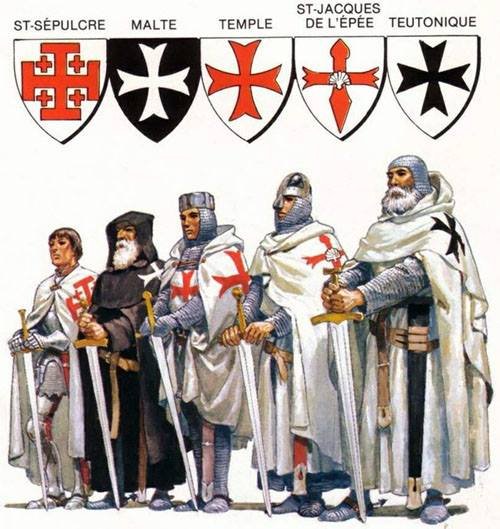
image source
The Catholic Church sought a means to solidify their teachings into a way the aristocracy would both accept them and hold onto them. The crusades became their best means of doing it, inspiring thousands to take up a pilgrimage in order to seek their internal salvation; and finding a group of people who exemplified the Church’s ideals while at the same time fighting to regain the Holy Land was just what the Church needed, to give their cause momentum and stability. The Templars and the Hospitallers became the backbone of the Latin cause in Palestine insofar that as a group, they were more disciplined than other military people, they were more committed than other crusaders, and they had found a means to reconcile piousness with military goals. These warrior-monks were used to exemplify the chivalrous ideals of the Church to the aristocrats while at the same time inspiring the very same nobles to join the crusades and fight the infidels.
The Rules set by the Templars for their Order almost bordered on the desire for self-flagellation. They had to take vows of ‘poverty, chastity, piety, and obedience’ and they had a long list of rules to obey. The need to be severe with ones’ self, both physically and mentally created a uniquely strict set of codes by which to live, and which earned them a fearsome combat reputation.
The maintenance of discipline was extremely important within the Order, for it was the application of the discipline of monastic life to the battlefield which made the Templars invaluable to the crusading armies of the West.(1)
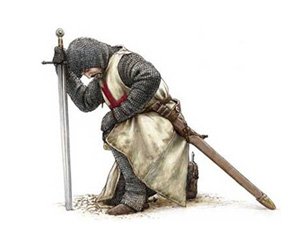
image source
This sort of deep self-discipline was advantageous to the leaders wishing to either conquer or retain lands amongst their enemies. Knowing that at least one force would obey orders and not turn-tail during fighting was a relief to both army leaders and the Church. Taking Order vows, such as:
“Do you … promise to God and to Lady St. Mary that you, all the remaining days of your life, will help to conquer, with the strength and power that God has given you, the Holy Land of Jerusalem; and that which Christians hold you will help to keep and save within your power?”(2)
showed they were prepared to commit themselves completely and forever to any task they were set. This also allowed them to become fearsome warriors because when they fought the enemy, they felt their consciences were clear with regards to spilling blood. Fighting in the Holy War was fighting for God. These warrior monks were prepared to dig in and hold a position, no matter any adverse conditions, because they also saw it as part of their internal journey to salvation. Unlike many other crusaders who were there to do penance and return home, or mercenaries who were free to pick and choose what they did, where they went, and who they worked for. Their commitment and warrior training was highly disciplined, which worked well for commanders on the battlefield.
Like the Templars, the Hospitallers had a firm rule ordering severe punishment for any knight who broke ranks without orders …(3)
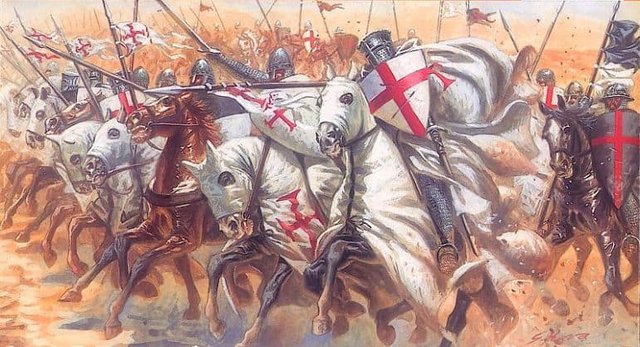
image source
Their members obeyed the rules, not only because they faced punishment for doing so, or possible expulsion from the Order, but because their eternal salvation was also seen to be at stake; and the state of one's soul was of far greater importance that what could happen to one's body. The Church leaders saw the warrior-monks’ ideals of chivalry as a way of reinforcing church ideology amongst the aristocratic levels of society, which they had been struggling to do for some time before the crusades.
The Templars therefore offered an institutional means of imposing moral restraint on the knightly class as well as providing that class with a suitable way of expressing contrition for actions taken which were contrary to Christian ethics.(4)
It was quite a dilemma for the Church as to how to reconcile their ideals of peace with what they saw as necessary war. But they could not forget the many pilgrims whose journeys for salvation to the Holy Land needed to be safe. The Order were again indispensible as they created a system of credit notes for the pilgrims to carry rather than valuables, so they were less likely to be attacked along the way; and they worked at keeping the travel routes open and safe. In 1132, Elbert, Bishop of Châlons, stated:
‘The knights of the Temple of the holy city of Jerusalem, having professed a knighthood of the most high and pacific king, furnish so great a relief and so much safety to the needy, pilgrims, poor and all wishing to go to the Sepulchre of the Lord, (which) we do not believe to be unrecognised by the charity of the faithful.’(5)
The Church could certainly not send people off on a pilgrimage if there was little chance of a safe passage.
One of the principal roles that had been envisaged for the Templars … was to ‘keep the roads and highways safe from the menace of robbers and highwaymen, with especial regard for the protection of pilgrims’.(6)
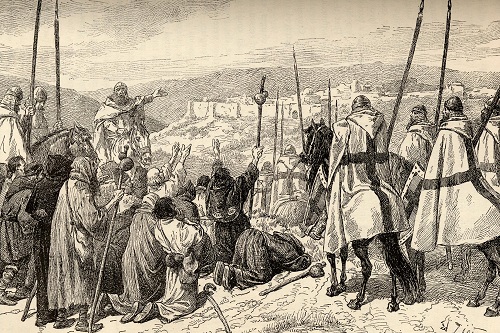
image source
They also found the Templar's ideas were the most useful to their own plans and these became a means to promote the holy crusade. There were instances whereby those amongst the nobility believed enough in the Order that they made out wills leaving their bodies and souls to the safekeeping of the Templars if they should die; and while women could not join the Order, they could be looked after by them, and some made grants to the Order in hopes that their souls would be redeemed through the Templars piety. This shows how powerful the Order had become both in higher social standing and to the Church.
Despite their vow of poverty, the Templars as an Order were gifted many assets including land, gold, valuable trinkets and jewels, which led to them having great wealth. And with wealth came power and position, which meant they then had a powerful political voice. Their opinion was taken into account in matters such as choosing a new King in Jerusalem. The Templars also became masters at political negotiation, and used their skills for such things as treaties, safe passage for travellers, ransoms, and strategic planning. One advantage the Templars had over monks was that they already had experience of the ‘outside world’ and understood much more of both what went on and what was expected during times of war. Monks had essentially always been men of peace and internal salvation. Another advantage was that with their strict code of self-discipline, they could be relied upon to remain in control at all times, unlike other soldiers who could at times get out of control and rebel against their leaders commands, such as when Constantinople fell and soldiers went about raping, stealing, murdering and burning throughout the city for three days before finally being brought back under control. As the Templars answered only to God, and therefore the Church, they could not be ‘bought’ or persuaded to switch allegiance. This gave the Church great confidence in them when appointing them tasks and sending them into situations. While the members of the Order were looking for internal rewards for their efforts, they were gifted many external rewards as a result of their deeds, which gave them great social standing amongst the aristocracy.
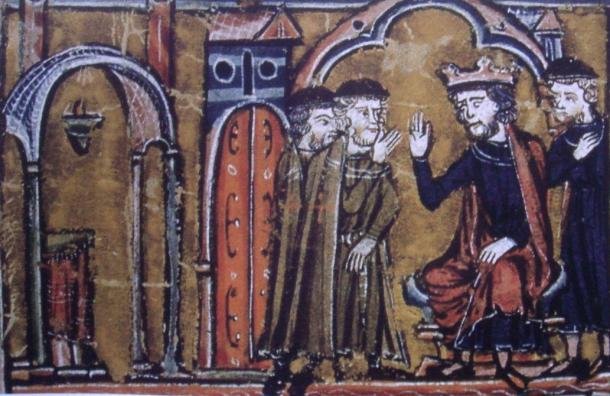
image source
It was to be this very power and wealth which would be the Order's downfall in the end, but for a couple of hundred years they were held up by the Church as paragons of virtue, and used as idealistic warriors of God. Their self-discipline, strict ethics, tenaciousness, obedience, chastity, poverty and piety meant they were able to focus on a task and were prepared to see it through. They were the only group the Church could count on to be one hundred percent committed to the Church’s plans to recapture the Holy Land. The Orders of the Templars and Hospitallers became the ‘backbone’ of the Latin cause in Palestine through their commitment, dedication and belief in God as the salvation of both their physical and spiritual selves in such a way that allowed them to be both as pious as monks and fearsome as warriors.
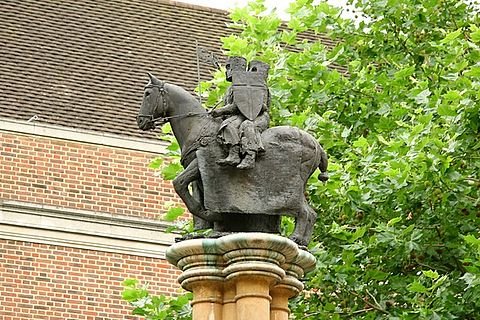
Knights Templar statue, in the courtyard of the Temple church (London, England)
image source
This essay was one I wrote as an assignment, while obtaining my University degree. I have included the references and bibliography - reference materials I used while writing - just as I’d had to for its submission. It has never before been published anywhere public, though. Images have been added for visual interest.
References:
1 Upton-Ward, Judi. ‘The Surrender of Gaston.’ p. 187. Military Orders: Fighting for the Faith and Caring for the Sick. Ed. Malcolm Barber. Hampshire: Ashgate Publishing Ltd., 1994.
2 ibid., p. 188.
3 Robinson, John J. Dungeon, Fire and Sword: The Knights Templar in the Crusades. New York: M. Evans and Company, Inc.; 1991, p. 186.
4 Barber, M. C. ‘The Social Context of the Templars.’ Transactions of the Royal Historical Society Fifth Series: 34 (1984), p. 39. 9 September 2010 http://www.jstor.org/stable/3679124.
5 ibid., p. 40.
6 Pringle, Denys. ‘Templar Castles on the Road to the Jordan.’ pp. 151-52. Military Orders: Fighting for the Faith and Caring for the Sick. Ed. Malcolm Barber. Hampshire: Ashgate Publishing Ltd., 1994.
Bibliography:
Barber, M. C. ‘The Social Context of the Templars.’ Transactions of the Royal Historical Society Fifth Series: 34 (1984), pp. 27-46. 9 September 2010 http://www.jstor.org/stable/3679124.
Christiansen, E. The Northern Crusades. London: Penguin, 2nd ed. 1997, pp. 73-82.
Housley, Norman. Contesting the Crusades. Oxford: Blackwell Publishing, 2006.
Barber, Malcolm, ed. Military Orders: Fighting for the Faith and Caring for the Sick. Hampshire: Ashgate Publishing Ltd., 1994.
Forey, A. J. ‘The Military Orders and Holy War against Christians in the Thirteenth Century.’ The English Historical Review 104:410 (1989), pp. 1-24. 9 September 2010 http://www.jstor.org/stable/571013.
MacGregor, James B. ‘Negotiating Knightly Piety: The Cult of the Warrior-Saints in the West, ca. 1070-ca. 1200.’ Church History 73:2 (2004), pp. 317-345. 9 September 2010 http://www.jstor.org/stable/4146527.
McMahon, Norbert. The Story of the Hospitallers of St. John of God. Dublin: M, H, Gill and Son Ltd., 1958.
La Monte, J. L. ‘Some Problems in Crusading Historiography.’ Speculum 15:1 (1940), pp. 57-75. 9 September 2010 http://www.jstor.org/stable/2849087.
Munro, Dana C. ‘The Popes and the Crusades.’ Proceedings of the American Philosophical Society 55:5 (1916), pp. 348-356. 9 September 2010 http://www.jstor.org/stable/984051.
Nicholson, Helen. Templars, Hospitallers and Teutonic Knights: Images of the Military Orders, 1128-1291. Leicester: Leicester UP, 1993.
Riley-Smith, Jonathan. The Crusades: A History. New Haven: Yale UP, 2nd ed. 2005.
Robinson, John J. Dungeon, Fire and Sword: The Knights Templar in the Crusades. New York: M. Evans and Company, Inc.; 1991.
Spinka, Matthew. ‘Latin Church of the Early Crusades.’ Church History 8:2 (1939), pp. 113-131. 9 September 2010 http://www.jstor.org/stable/3160650.
Tyerman, Christopher. The Crusades: A Very Short Introduction. Oxford: Oxford UP, 2004.
For my level of English, this article was a very difficult test :)) But I read it with great pleasure and learned a lot of new things. I really love those knightly times :)
I think that from such a distance in time we can romanticise them greatly. :D
Sorry that it wasn't easy for you to read. I wish there was an 'instant translation' filter or something. I'm sure there are many great posts I'm missing out on because I can only read English. :(
I have an instant translator. Google has such a function, by the way;) Sometimes I use it, if I do not understand what is written at all. You simply can not imagine how terrible the instant translation is! :)))) But I'm looking at the situation from the positive side. I need practice in reading and in the language in general, so reading such long texts is very useful, I believe. And I learned a lot of new things, it's also a big plus for me :)
A win-win! woohoo :D
Wow, what a great read paired with beautiful command of language and impeccable grammar. Keep it coming, @ravenruis.
awww thank you, kind Sir
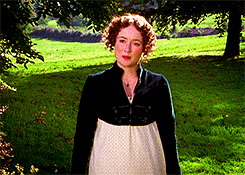
Oh my God, what an amazing post. This was so interesting to read. I had no idea about these people, who literally gave up everything for the church. And that they were so devoted to the cause! I also love that you've written a religious post that's not religious. That's quite a skill.
lol, thanks - a non-religious religious post is quite the feat when one is dealing with the Middle Ages.
An essay like this barely scratches the surface, but it hopefully highlights at least a small part of our fascinating history. Thank you so much for enjoying it, I really appreciate that. :)
Those Middle Ages people were quite devoted, yes. I can't imagine anyone giving up 'all the things' these days.
I know, right? I'm barely brave enough to take a device away from my teenagers. ;)
This is a curation bot for TeamNZ. Please join our AUS/NZ community on Discord.
For any inquiries about the bot please contact @cryptonik.
And now we remember them as a corrupt order. It's amazing how so many church orders went from sincere to down right hypocritical. I'm reminded of this passage from a book I read.
Reading through your sources one name stuck out to me: Denys Pringle. What type of person would deny people Pringles? 😲
Oh, and congratulations on that post payout! (makes me happy since you're on my autovote list 😂)
Shucks, thanks Carn :D
haha @ pringles. Now I want snacks, dammit!
The Templars got crossed off my xmas card list after I read The Holy Blood & The Holy Grail. ;)
They've been in my bad book since Ivanhoe 😋
A definite reread. Even a copy/paste archive, when/if my IT fixes my computer. 😀
I love reading your history posts. They get my memory digging up old notes and rereading bits of history. This reminded me of sea battles concerning Templars on Malta and the Turks from several addresses, not just Turkey. They, the Templars, might have been dissolved after that French King's BS, but right throughout the next few centuries the leaders of different countries raised Knightly bands for the ease of the Holy Land. Jousting festivals were still happening right through until after the fall of Byzantium. The Mediterranean Pirates that Julius vbefore he was Caesar' helped cull, were a story of travel in the Med, right up until even one of the first actions of the USA was against Mediterranean pirates. So, periods of history are periods. It doesn't seem to clear, just to move around. 😇
A series of books by Dorothy Dunnett, have a very good viewing point of medieval life in later centuries. -Niccoli Rising-
2018, July 14+15, at The Abbey Museum, Caboolture, near where I live, the 29th Medieval Festival will be held in 5 months. Google Search now, Tickets available soon. Free bus from Caboolture QRail station. 07-5495 1652.
http://www.abbeymedievalfestival.com/
• I will be going again this year. If you decide to journey to QLD for this lovely w/e (usually mildly warm/winter) then do let me know closer to, and I'll meet you. I could save you Transport from airport perhaps ¿
As lovely as it would be to attend such an event, I rarely get to travel anywhere. Thank you for your kind offer though. :)
Remember the dates 14/15 July, and the address, bookmark on phone net. Then check out as a lot of stuff will find it's way to fb and www. on that w/e. 😇
Really nice post about the Knights Templar, you explained the organization of the Templar on point from military to economics.
Non nobis, Domine, non nobis, sed Nomini tuo da gloriam
Thank you for your supportive words. :)
Congratulations @ravenruis, this post is the eighth most rewarded post (based on pending payouts) in the last 12 hours written by a User account holder (accounts that hold between 0.1 and 1.0 Mega Vests). The total number of posts by User account holders during this period was 2910 and the total pending payments to posts in this category was $10252.27. To see the full list of highest paid posts across all accounts categories, click here.
If you do not wish to receive these messages in future, please reply stop to this comment.
Truly wonderful work my friend, thanks so much for sharing your superb essay! :) Very grateful for the links and references for further study and research.
You are most welcome, I am glad you found something useful. :)